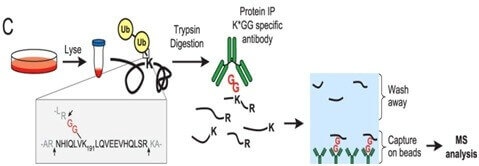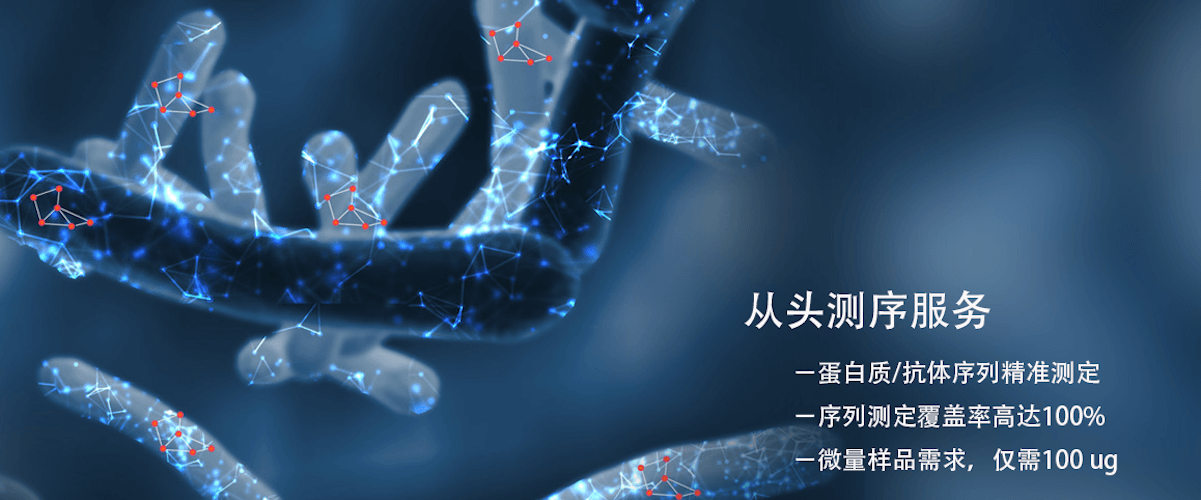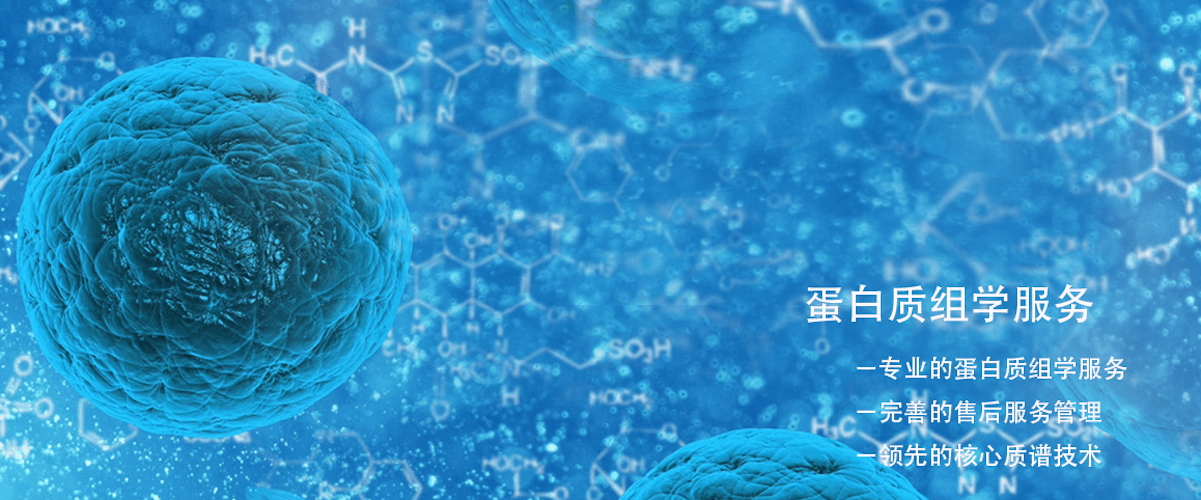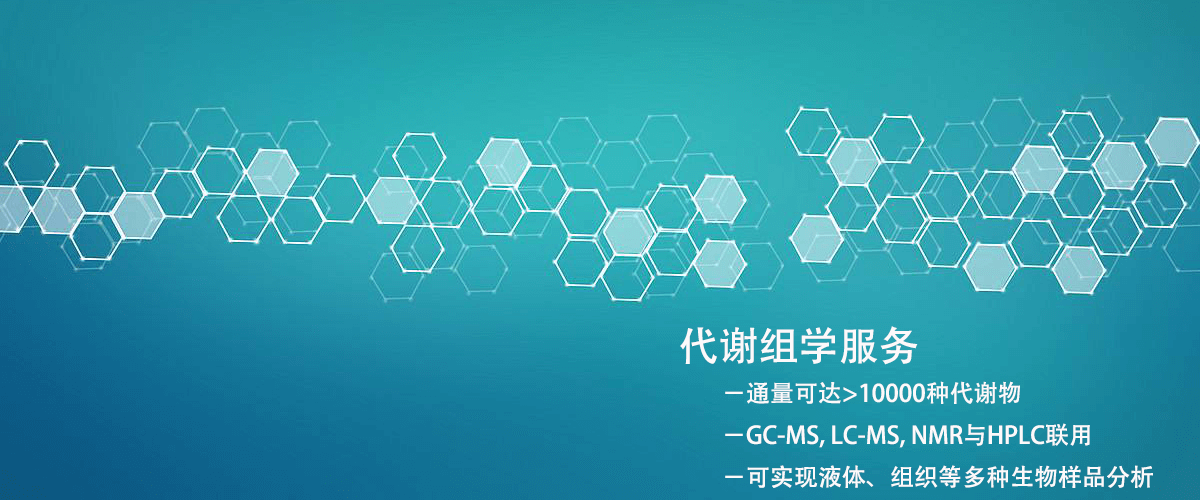Ubiquitination Quantitative Proteomics Research
BTP-Ubiquitination Quantitative Proteomics Study
Ubiquitination is an important post-translational modification. The ubiquitin-proteasome system mediates the degradation of 80%~85% of proteins in eukaryotic organisms. Additionally, ubiquitination can directly affect protein activity and localization, regulating various cellular activities including cell cycle, apoptosis, transcription regulation, DNA damage repair, and immune response.
B&P Company adopts Thermo Fisher's Q ExactiveHF mass spectrometry platform, Orbitrap Fusion mass spectrometry platform, Orbitrap Fusion Lumos mass spectrometry platform combined with Nano-LC to launch a ubiquitination quantitative proteomics analysis service package. You only need to tell us your experimental objectives and send your samples to us. We will handle all subsequent project matters, including protein extraction, protein digestion, ubiquitinated peptide enrichment, peptide separation, mass spectrometry analysis, raw data analysis, and bioinformatics analysis.
Due to the low content and wide dynamic range of post-translationally modified proteins in biological samples, enrichment of the modifications is required before mass spectrometry analysis to improve their abundance. The enriched ubiquitinated peptide samples are then subjected to quantitative analysis using traditional proteomics methods. Based on an article published in Nature Protocol: Large-scale identification of ubiquitination sites by mass spectrometry, B&P Company has established an experimental platform for this analysis service using a fully replicated approach. Firstly, the ubiquitinated proteins are digested with trypsin, producing two glycine residues (K-GG) at lysine modification sites. A specific enrichment of ubiquitinated peptides is performed using a kit provided by CST company targeting these residues. We use HPLC for pre-separation of samples, followed by enrichment of ubiquitinated peptides using antibodies against special residue structures, greatly enhancing the identification of ubiquitinated proteins. Additionally, based on the Nature Protocol article, to identify and quantify more acetylated peptides, we use 2-3 different enzymes during digestion to ensure peptides with acetylation sites enter the mass spectrometer with high ionization efficiency, eliminating acetylation information loss due to inappropriate peptide length or low ionization efficiency.

Ubiquitination Modification Research Pathway
BTP-Ubiquitination Quantitative Proteomics Study Sample Requirements
1. If you provide tissue samples, please send them with dry ice; plant tissue samples should be more than 400mg, blood samples at least 2ml (plasma should use EDTA as anticoagulant), serum 2ml, urine 10ml, animal tissue samples at least 2g, cell samples 1X10^8 cells, yeast, microorganisms, etc., dry weight 400mg.
2. If you provide protein samples, please ensure the total protein amount is 2-5mg; ordinary tissue, cell lysis buffers can be used for protein extraction.
3. Sample transportation: Please use sufficient dry ice and choose a faster delivery method to minimize the possibility of sample degradation during transportation.
4. Before the official experiment, we will test your samples. The formal experiment will start after passing the test.
BTP-Ubiquitination Quantitative Proteomics Study Case

Ubiquitination Modification Research Case
Bilingual Project Report
In the technical report, B&P will provide you with a detailed bilingual (Chinese and English) technical report, including:
1. Experimental procedures (Chinese and English)
2. Relevant mass spectrometry parameters (Chinese and English)
3. Detailed information on identified ubiquitination sites
4. Mass spectrometry images
5. Raw data
BTP-Ubiquitination Quantitative Proteomics One-Stop Service
You only need to place an order and send the samplesB&P One-Stop ServiceCompletion: Sample processing - On-machine analysis - Data analysis - Project report
Related Services
Post-Translational Modification Proteomics Analysis
Histone Post-Translational Modification Analysis
4D Proteomics
DIA Quantitative Proteomics
Label-Free Quantitative Proteomics Analysis
Label-based Protein Quantification Techniques - iTRAQ, TMT, SILAC
MRM/PRM Quantitative Proteomics Analysis
How to order?





